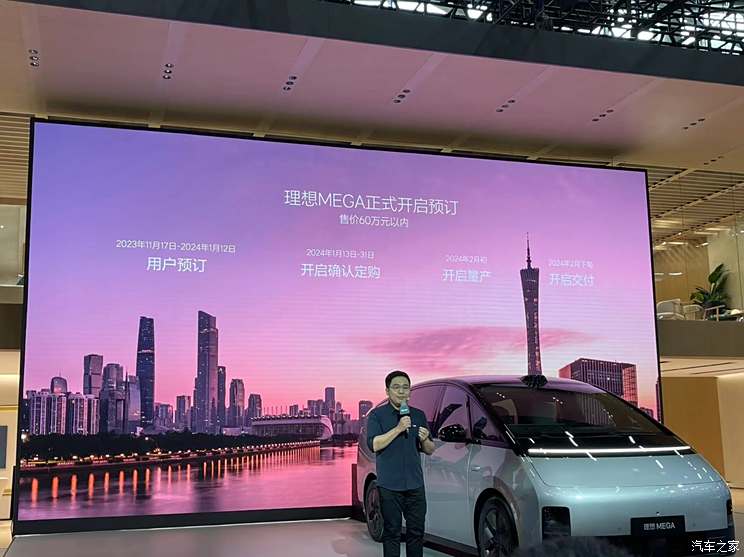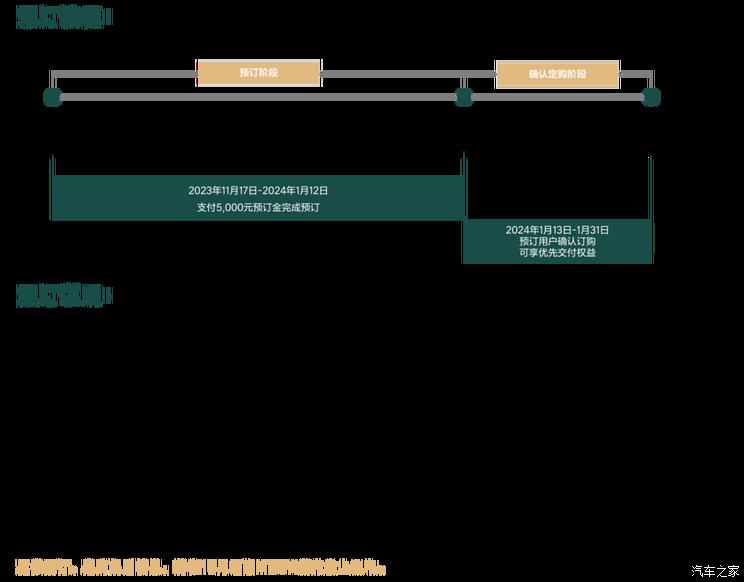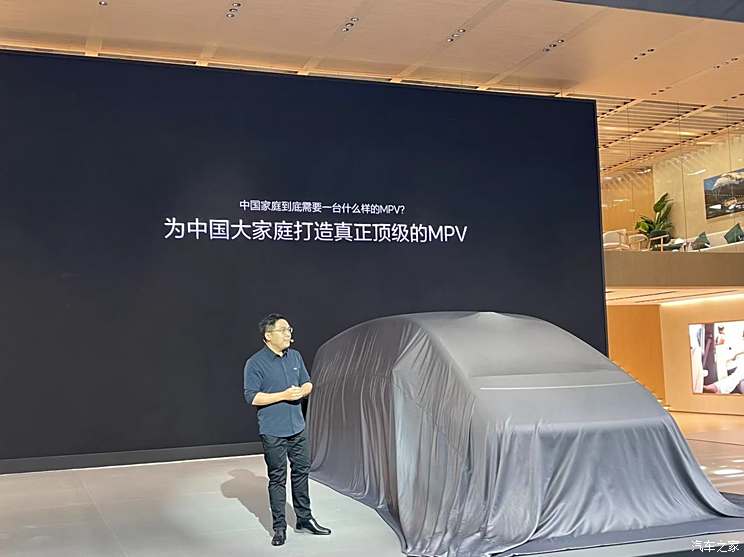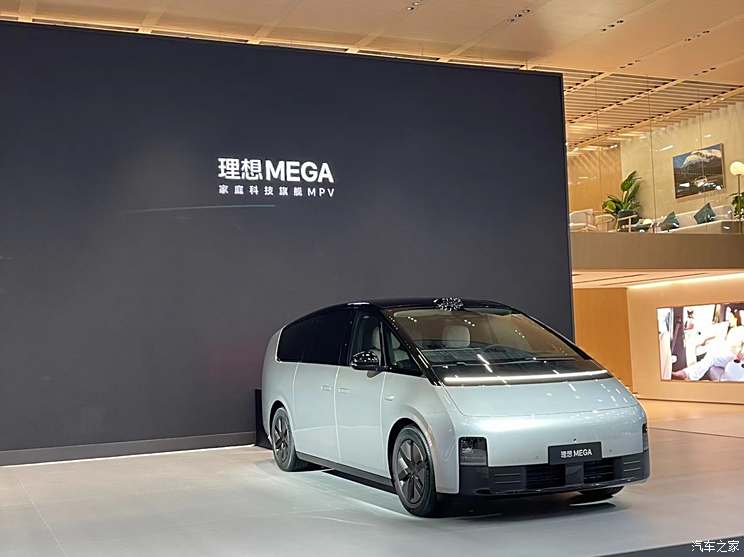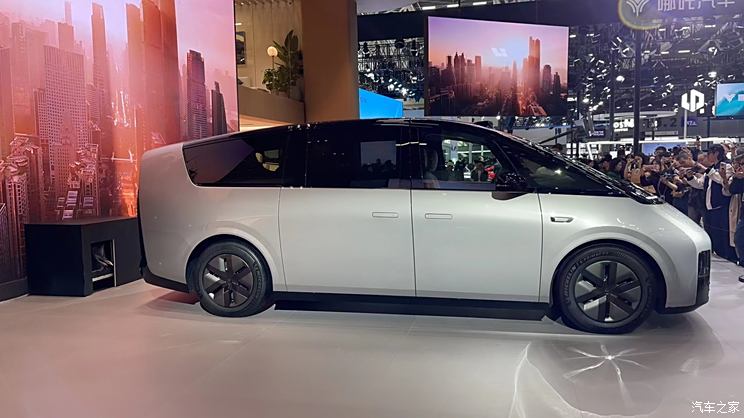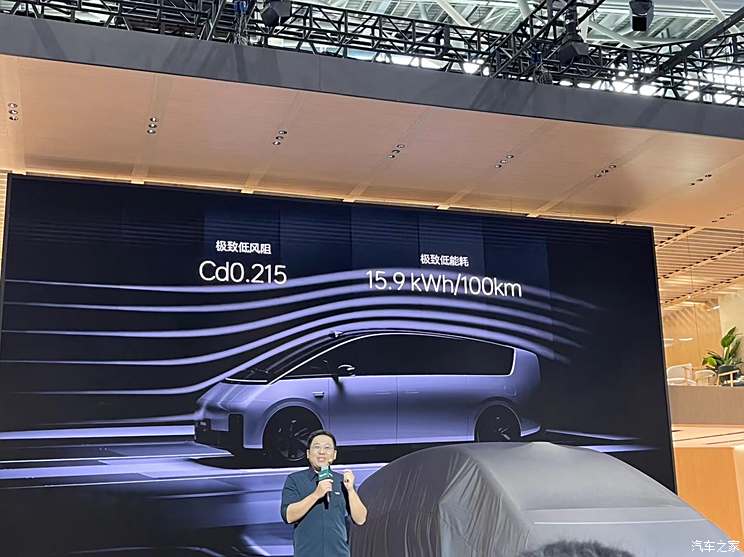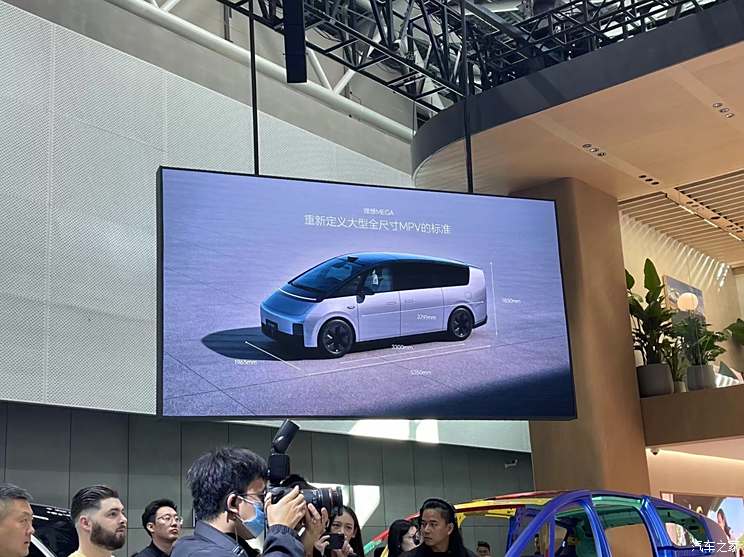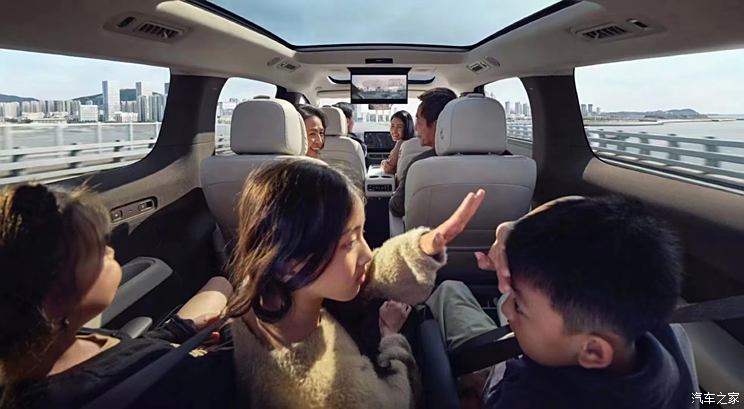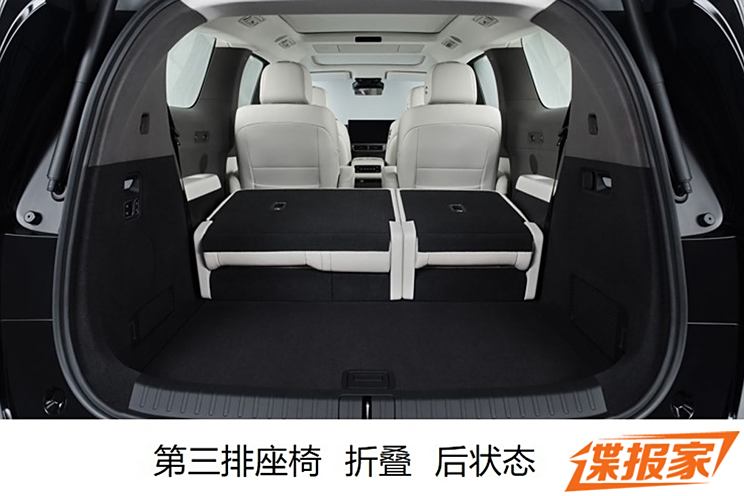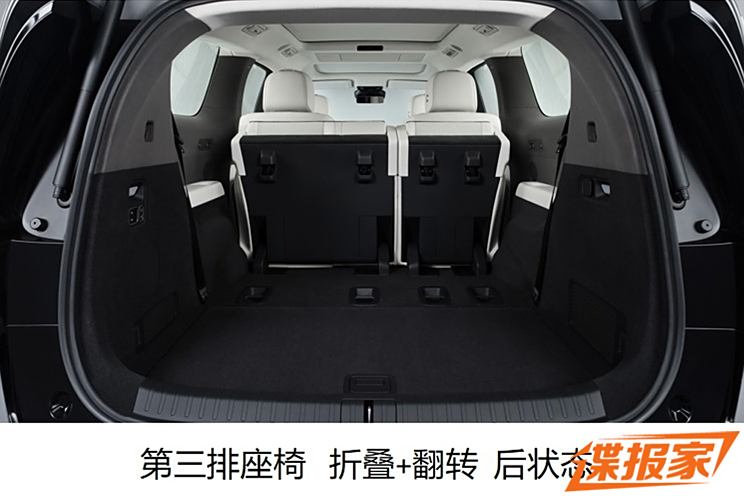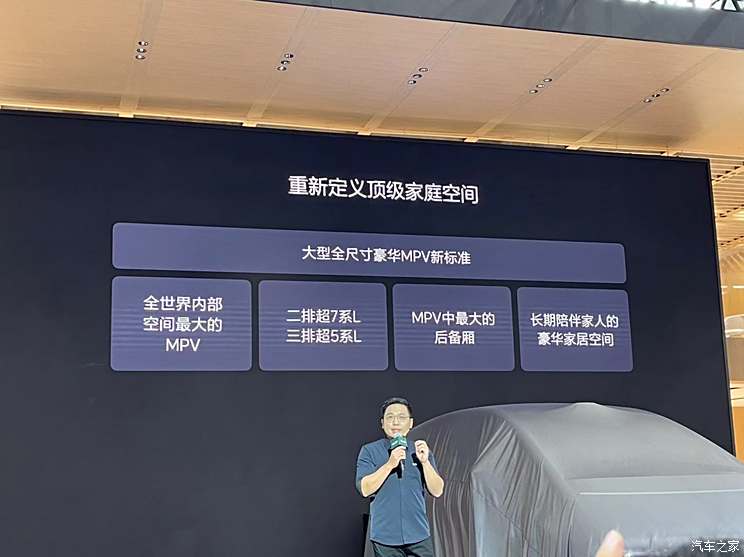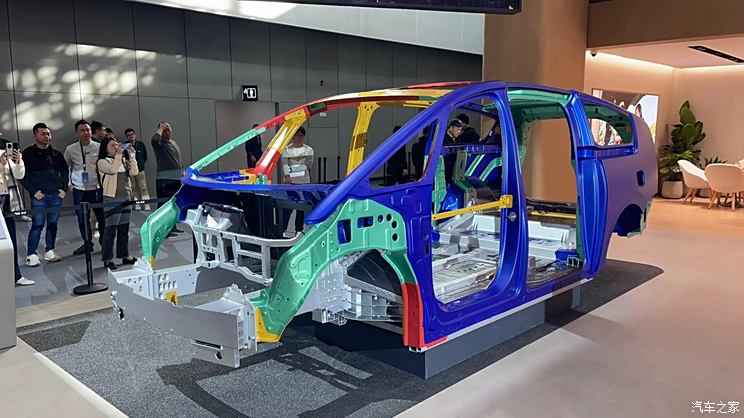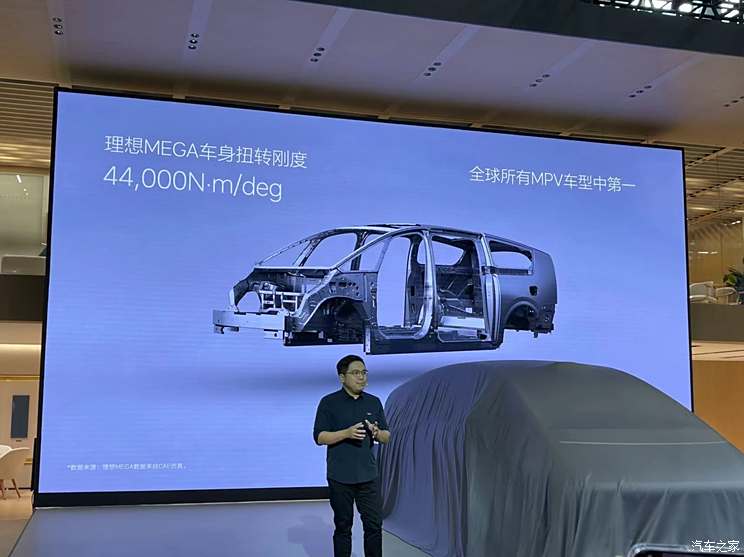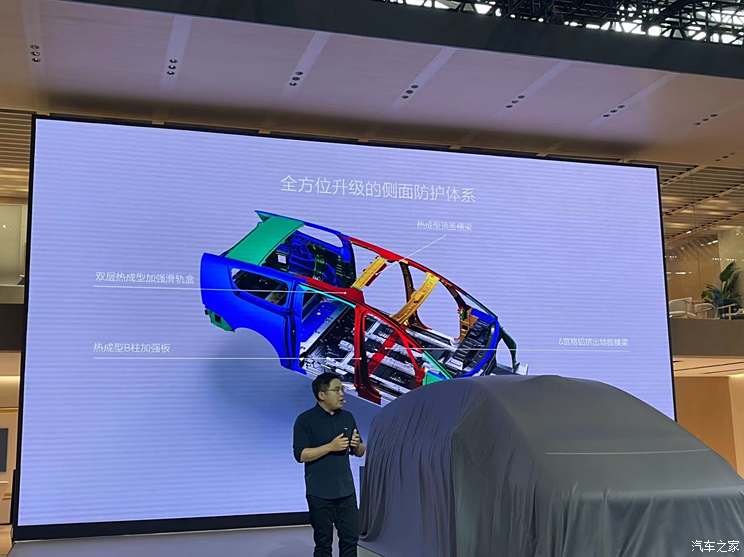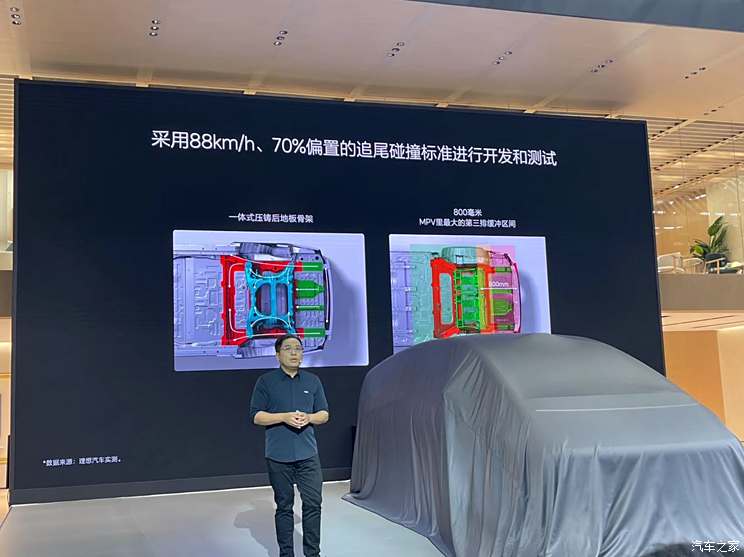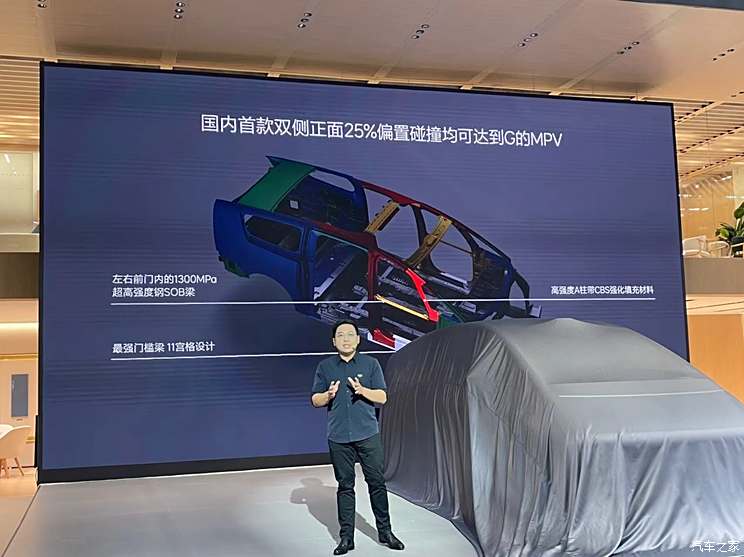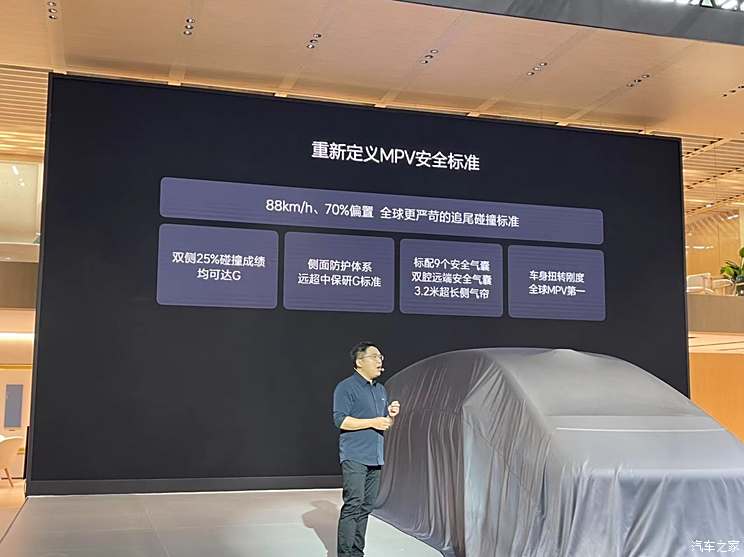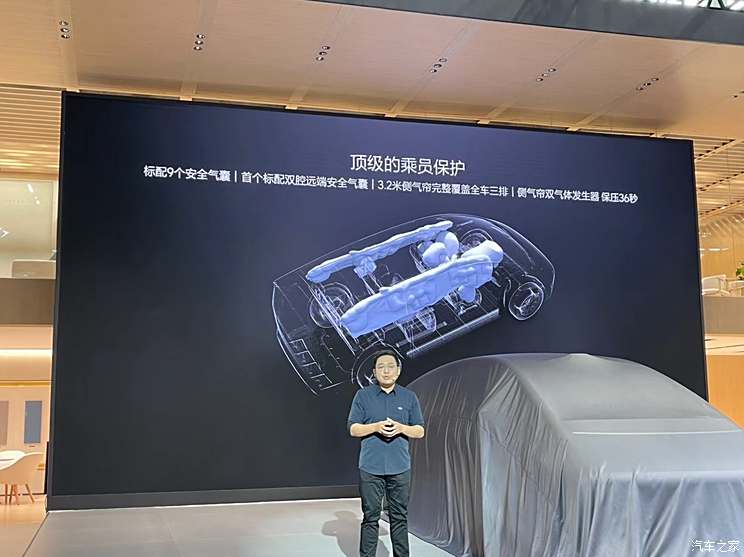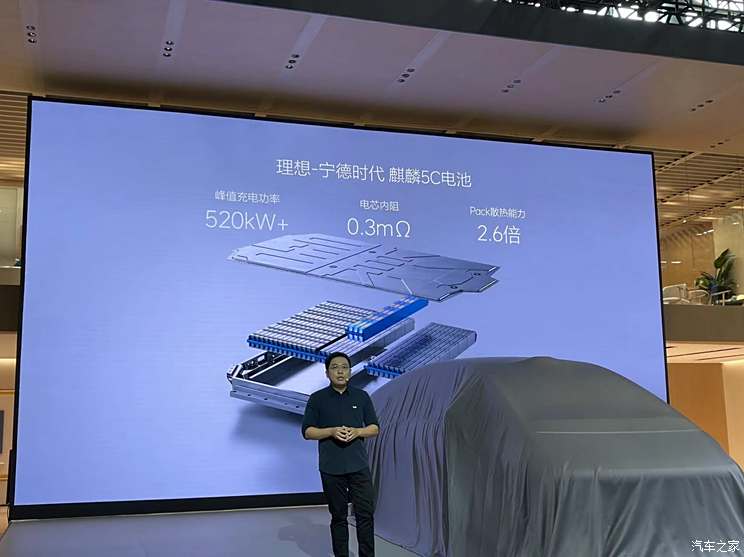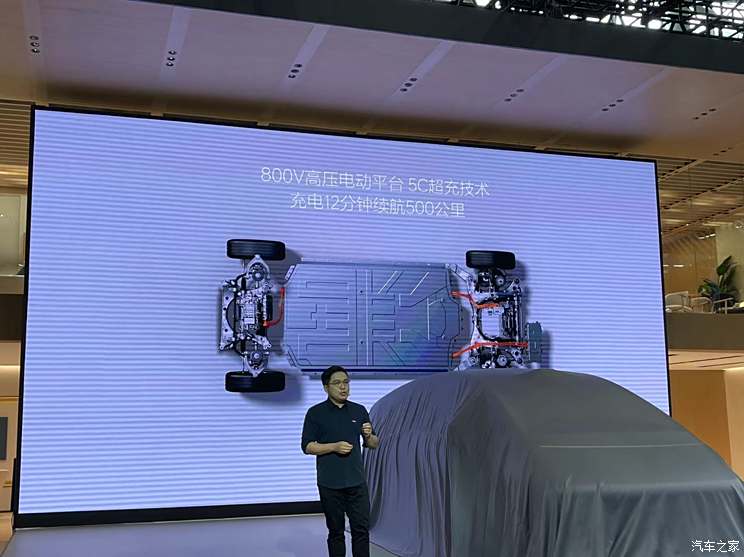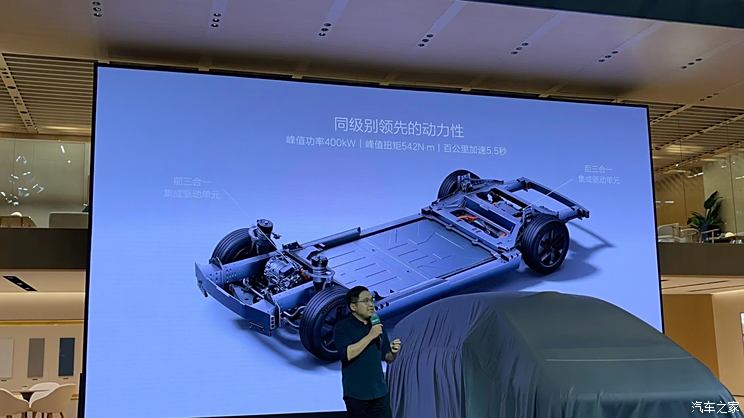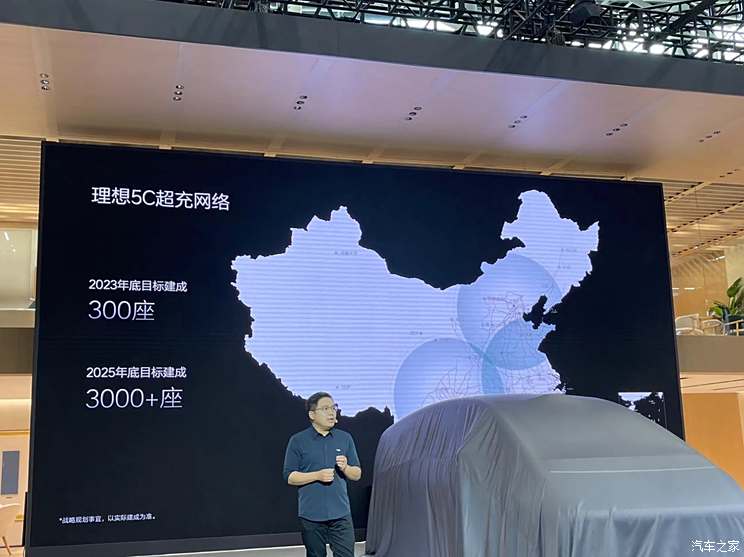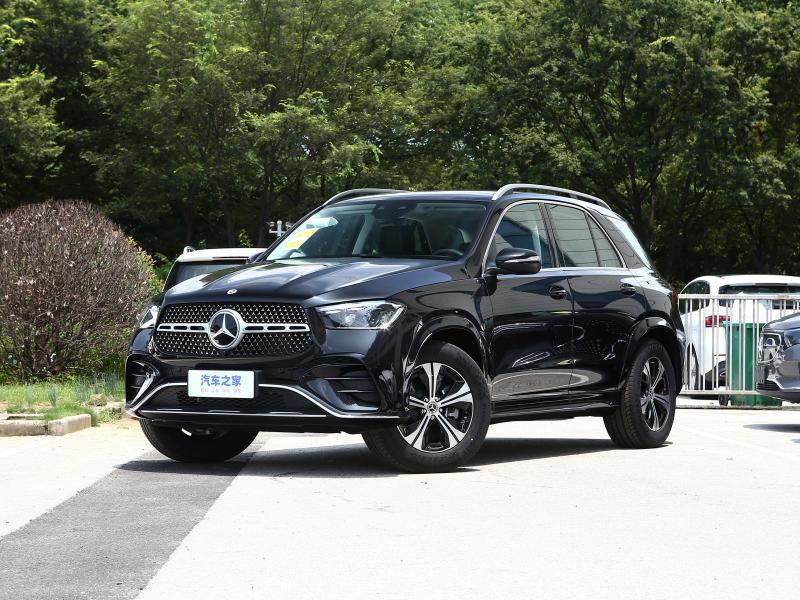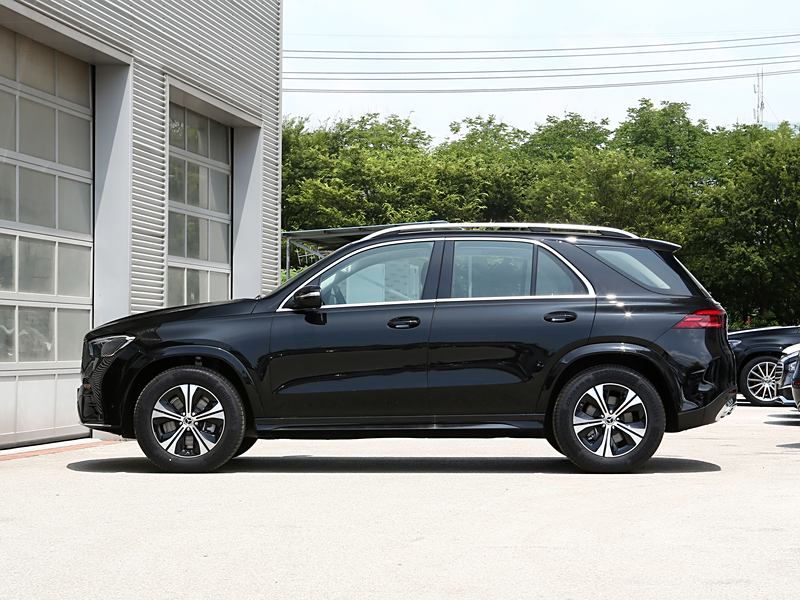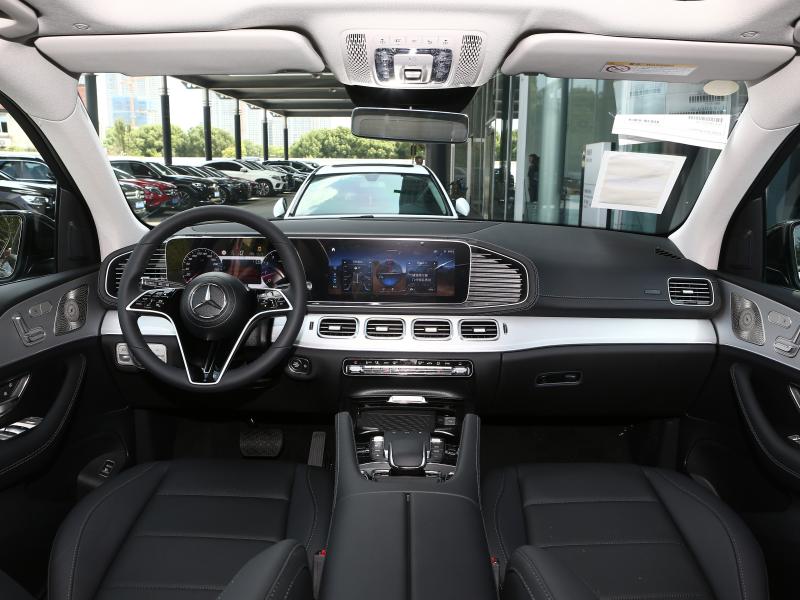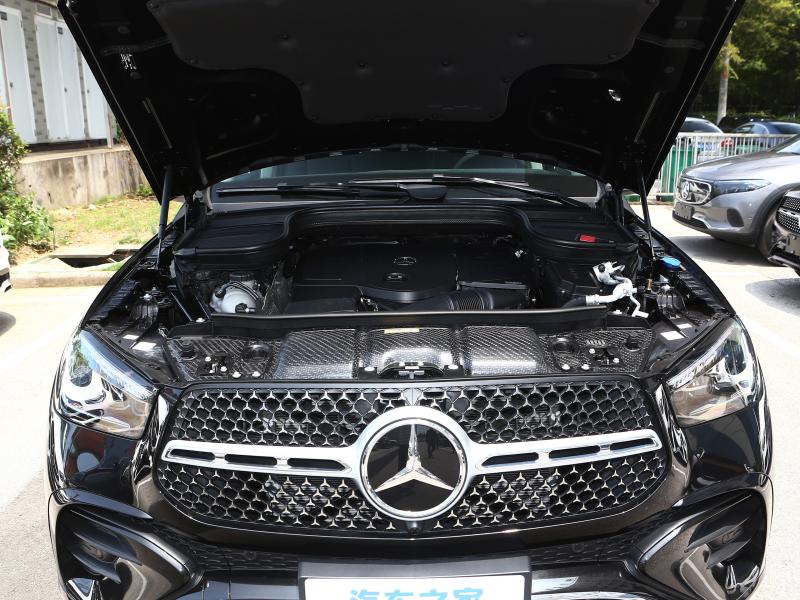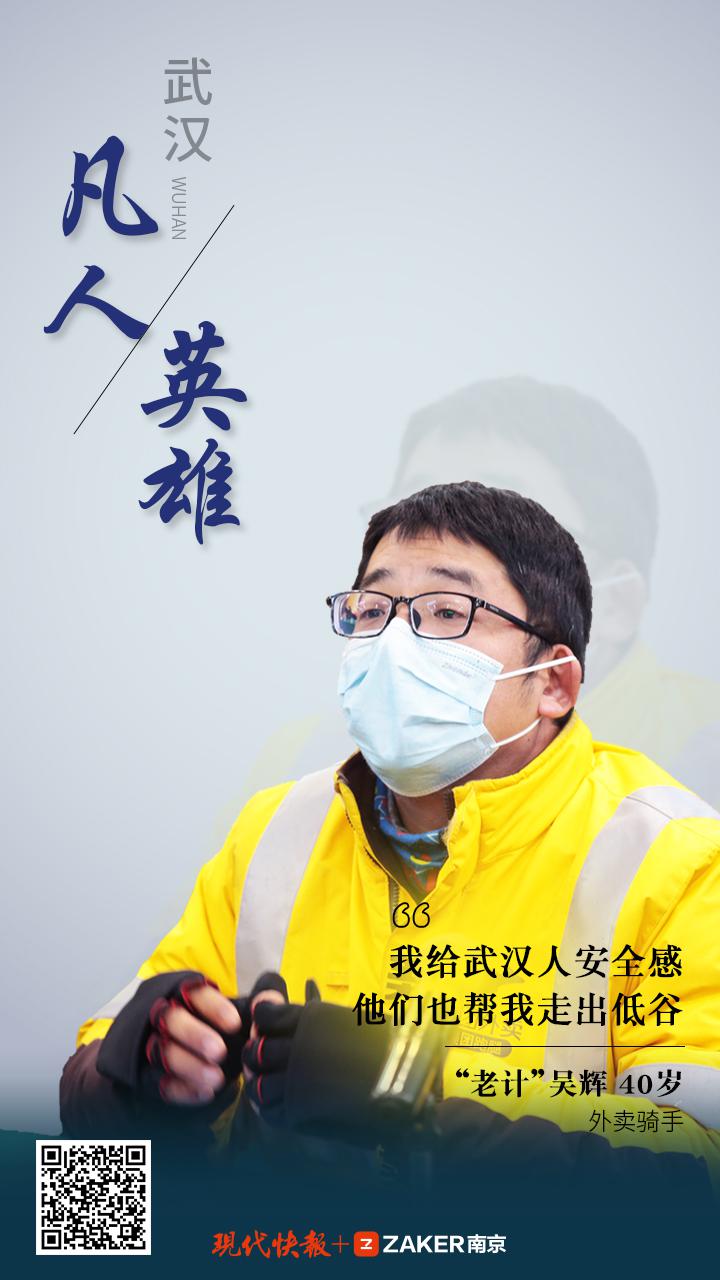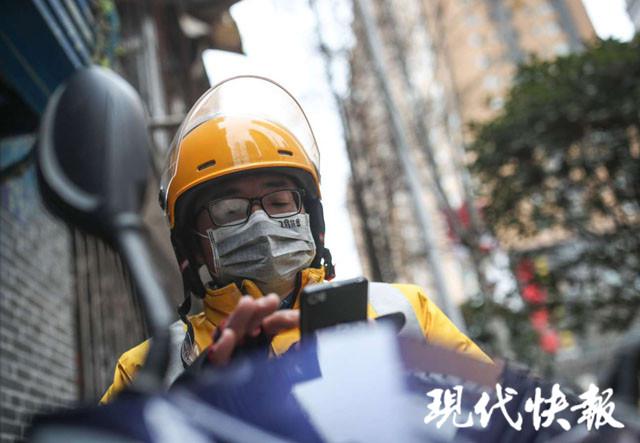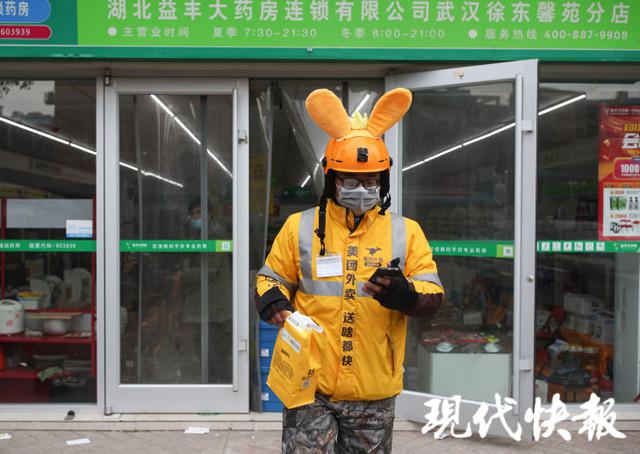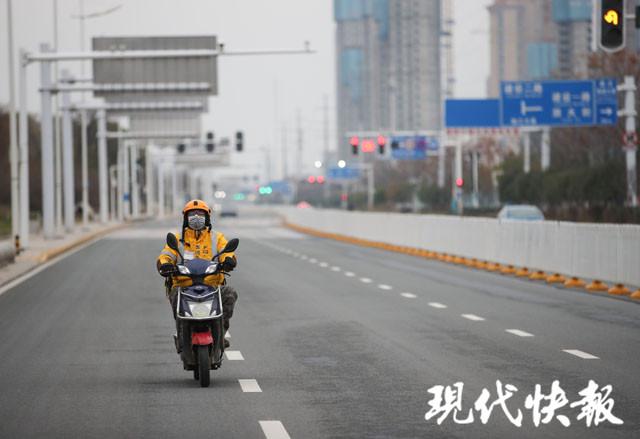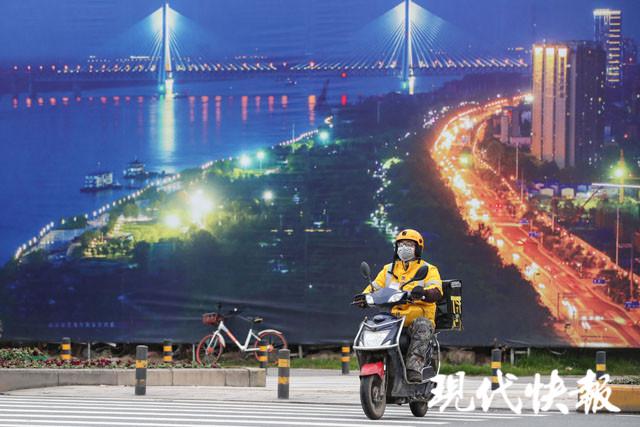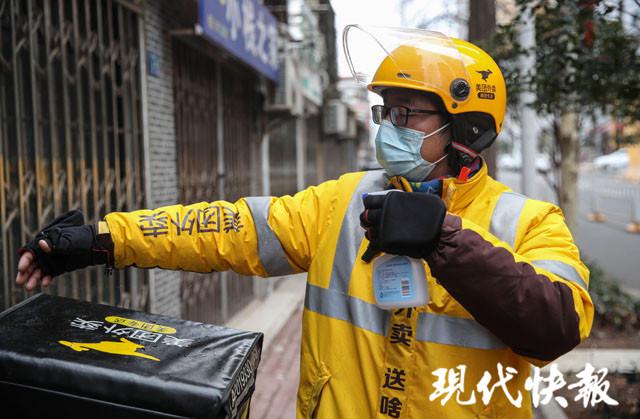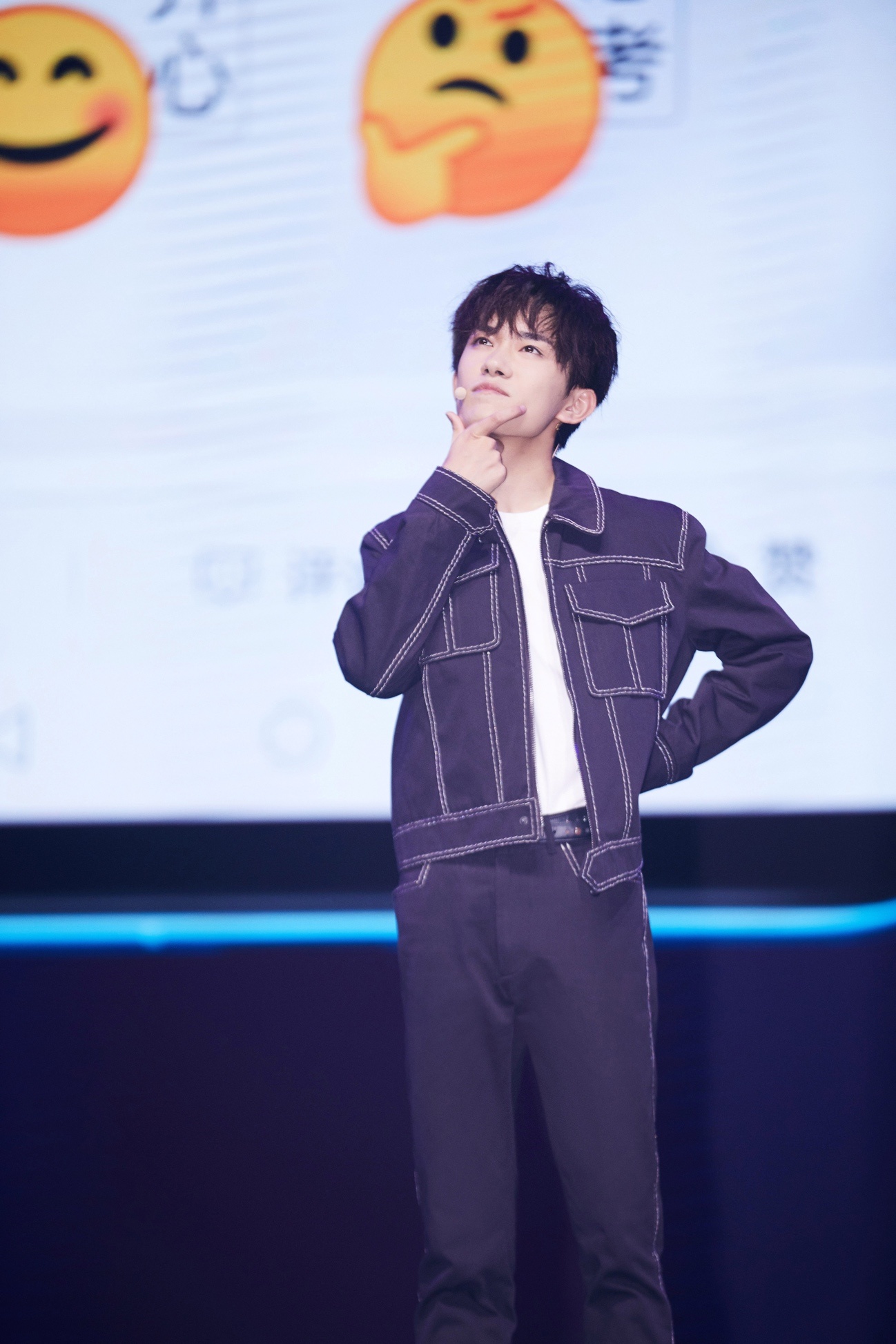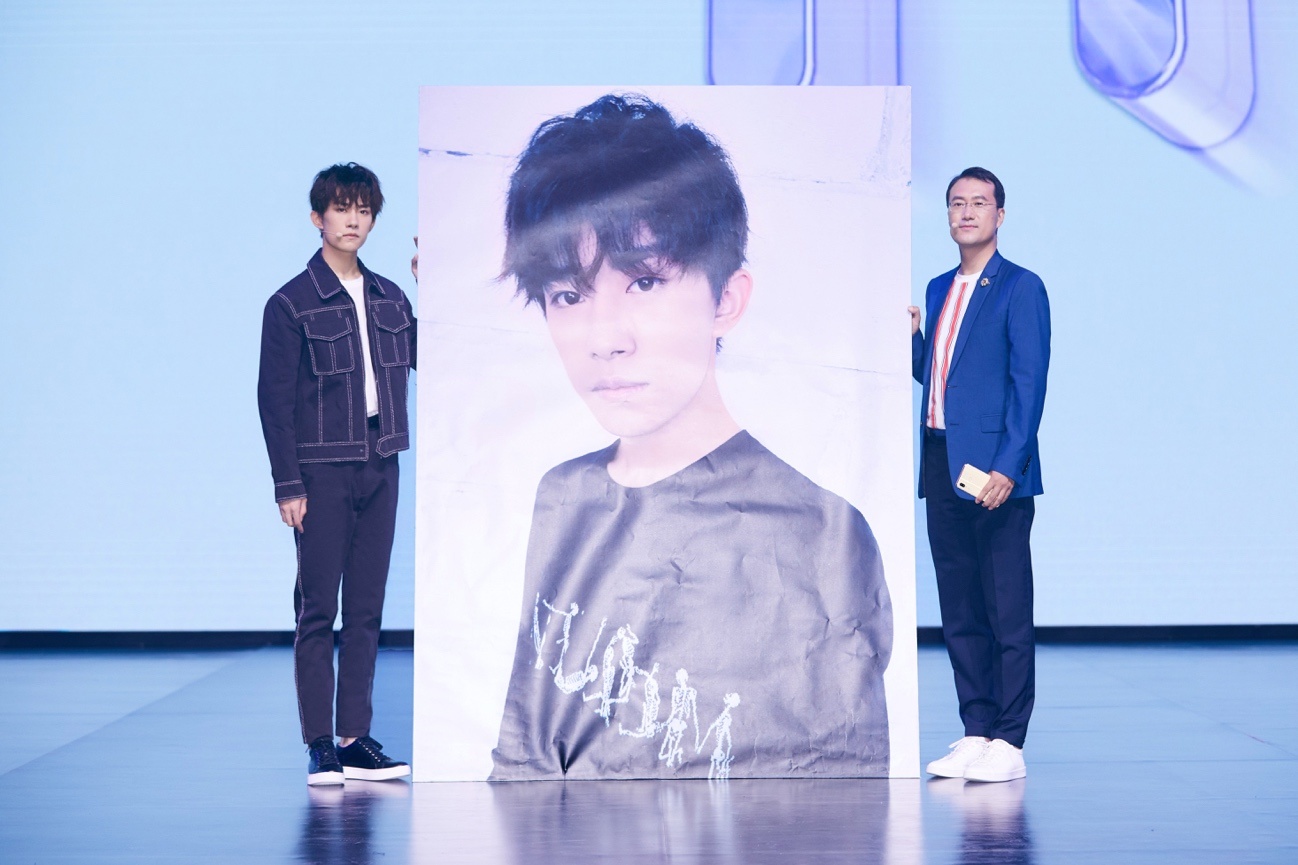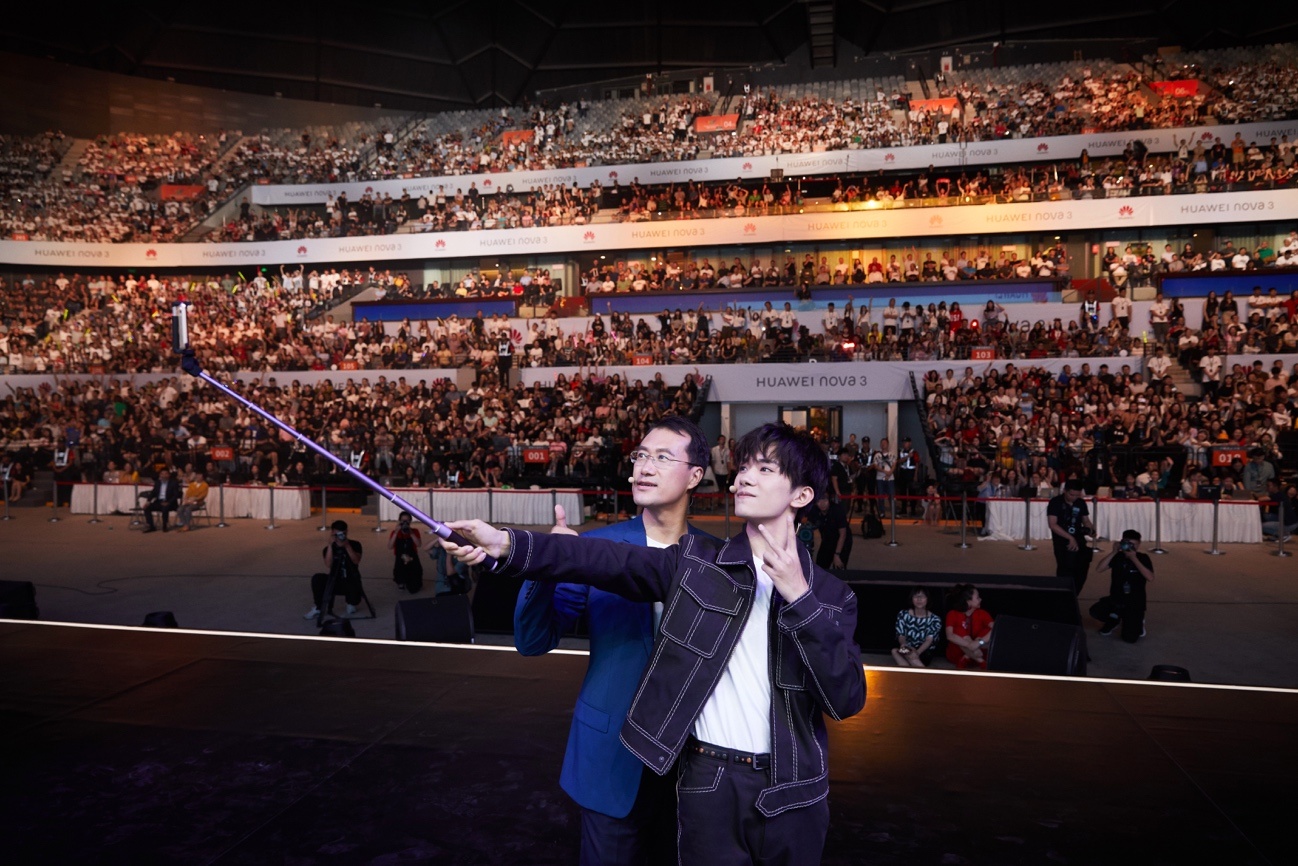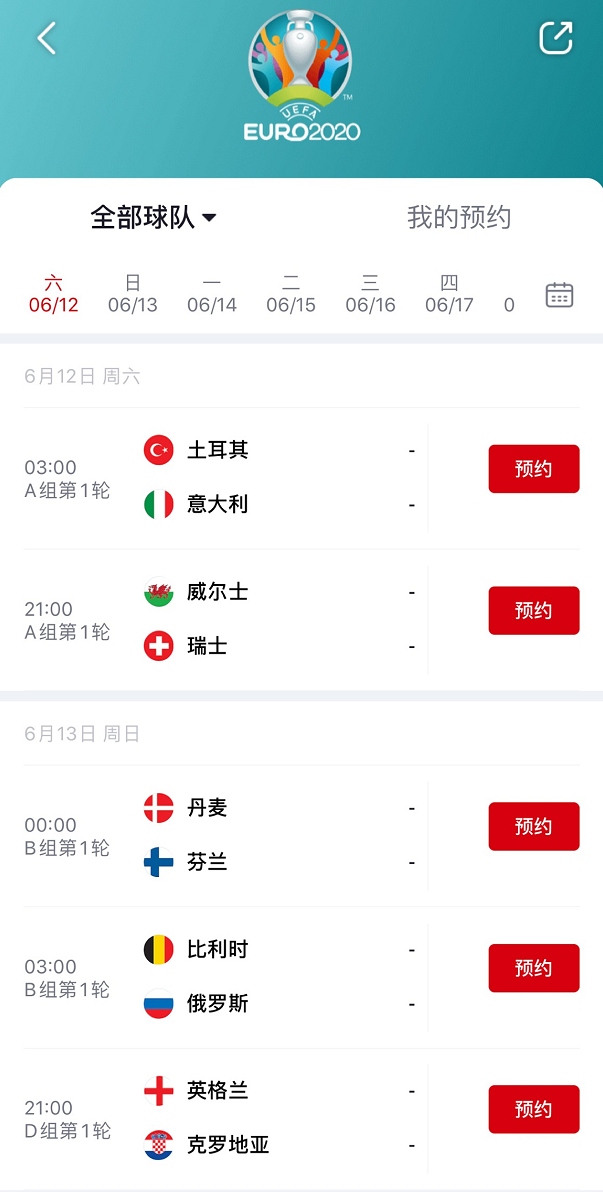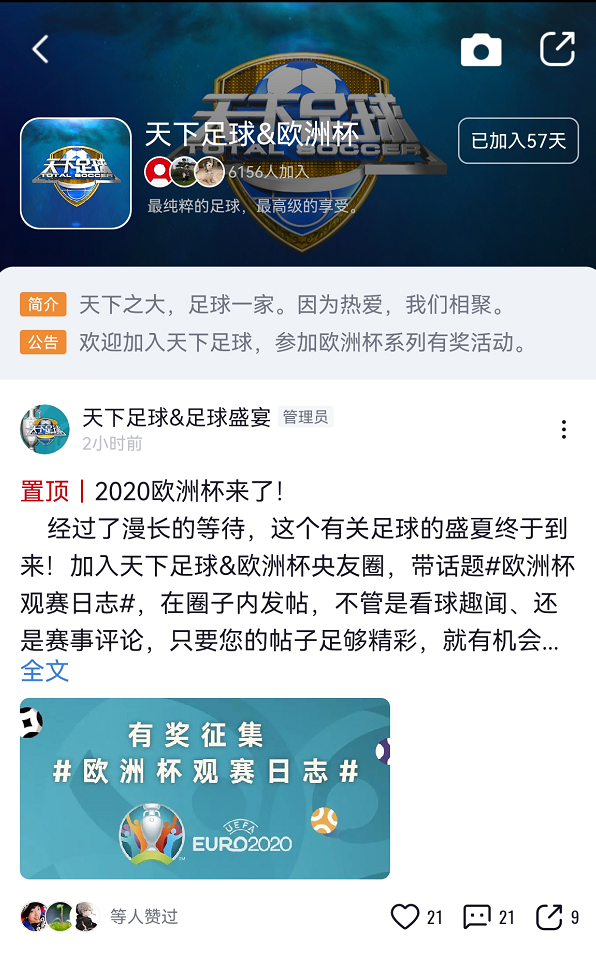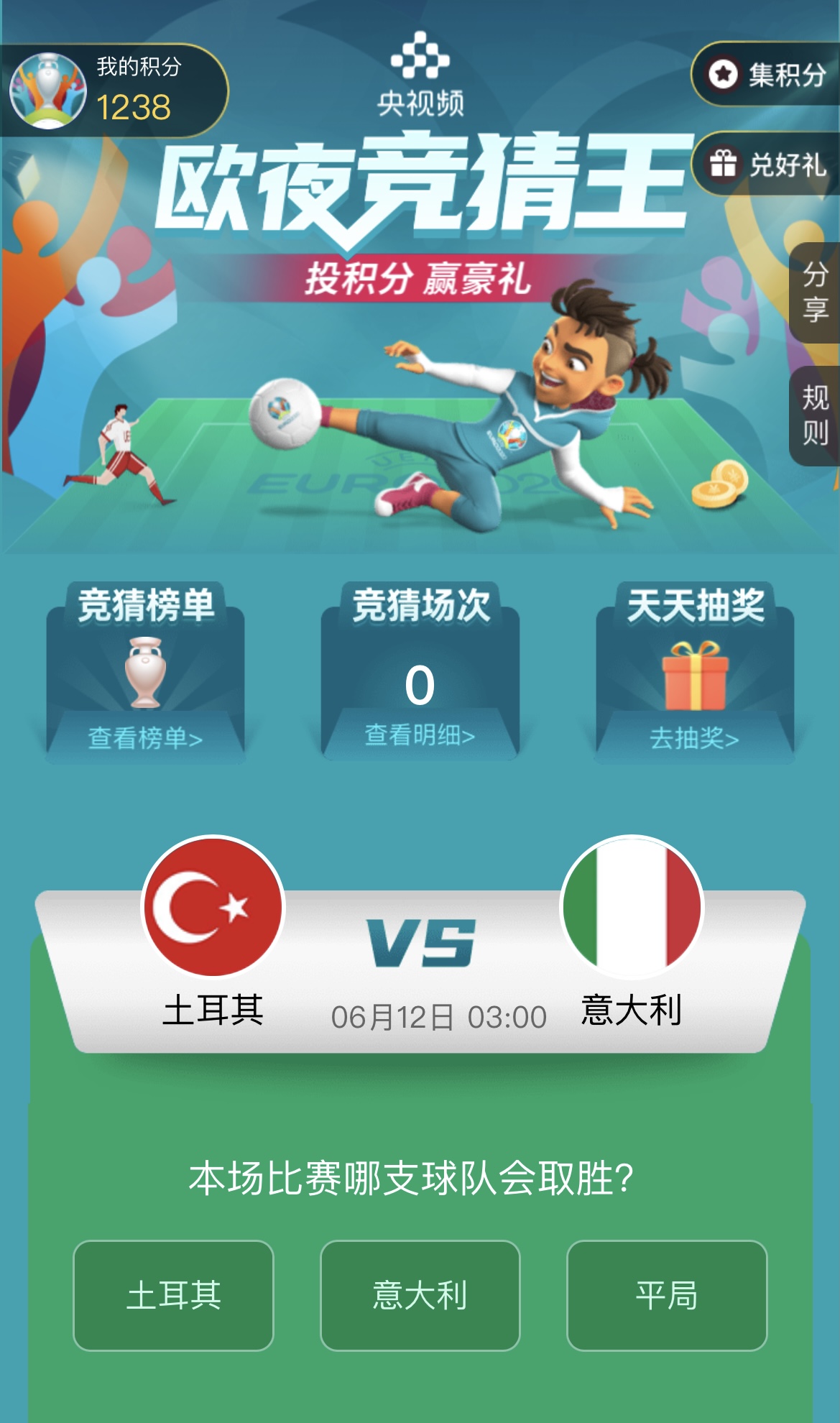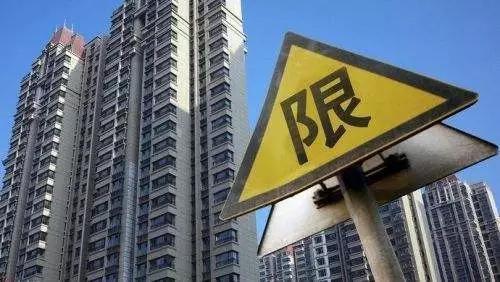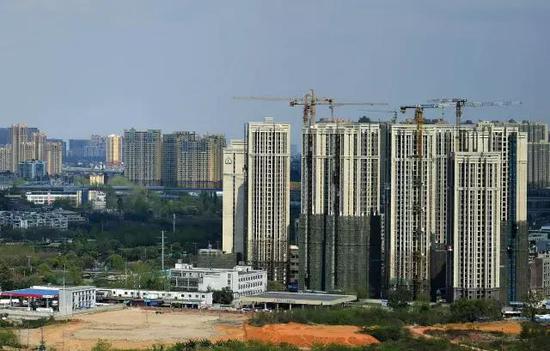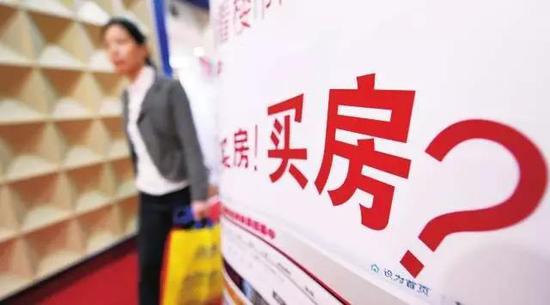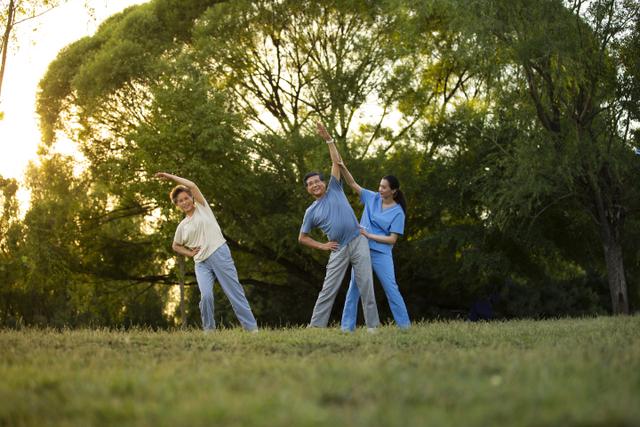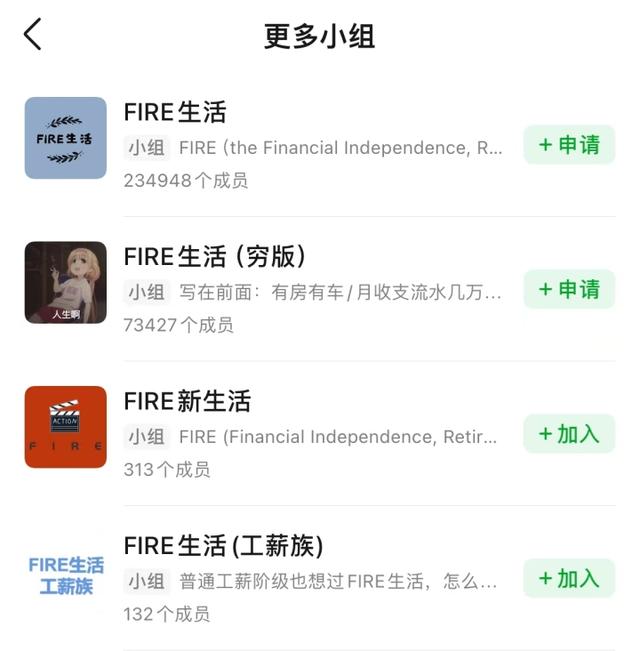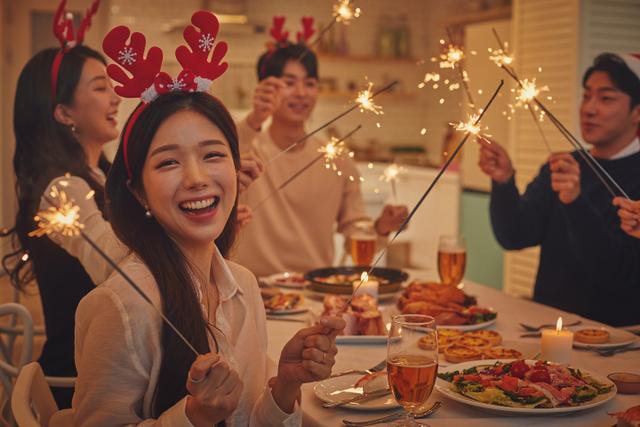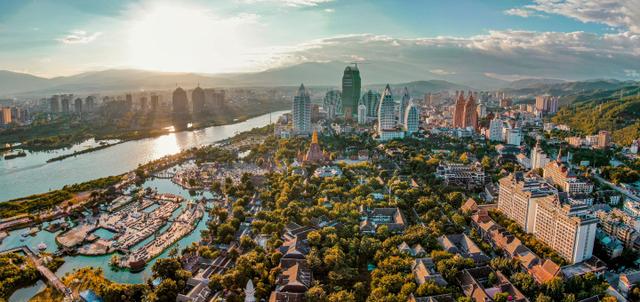Zhongxin Jingwei Client November 27th (Fu Yumei Intern Zhang Yao) There are less than 40 days in 2020. If you want to buy a car, have you caught the official automobile consumption spree?
According to the incomplete statistics of Sino-Singapore Jingwei client, more than 20 places have introduced automobile consumption promotion policies this year, among which keywords such as "new energy vehicles" and "cars going to the countryside" frequently appear. In terms of promotion measures, there are various "fancy" schemes besides car purchase subsidies, such as Hainan’s announcement that people who have purchased real estate can apply for lottery, Gansu’s support for automobile consumption credit, and subsidies for charging new energy vehicles in Shanghai and Tianjin.
It is worth noting that the promotion policies of some cities only last until the end of this year. Consumers who are interested in buying a car have to hurry to "get on the bus"!

Photo by Xin Jingwei Fu Yumei in the data map
Some "fancy" policies promote consumption only until the end of the year.
The executive meeting of the State Council pointed out on 18th that the first step is to stabilize and expand automobile consumption by firmly implementing the strategy of expanding domestic demand, further promoting mass consumption and key consumption, and releasing the rural consumption potential.
Specific measures include: encouraging all localities to increase the number plate index; We will carry out a new round of vehicles going to the countryside and replacing them with old ones, encourage qualified areas to buy trucks of 3.5 tons or less and passenger cars with a displacement of 1.6 liters or less for rural residents, and subsidize residents to eliminate vehicles with emission standards of three or less and buy new ones.
Since the beginning of this year, various localities have successively issued a series of policies to stabilize and promote automobile consumption. On February 3rd, Foshan took the lead in launching the "first shot of automobile rescue", becoming the first city in China in 2020 to introduce specific measures to encourage automobile consumption. The policy issued by Foshan shows that it is planned to give financial subsidies to the automobile sales enterprises registered by consumers in the local area to purchase the "National Six" standard displacement vehicles, and it also stipulates three types of car purchase subsidies, with the amounts of 2,000 yuan, 3,000 yuan and 5,000 yuan respectively.
Subsequently, many places followed up and introduced car purchase subsidies and other related policies to promote automobile consumption. Guangzhou gives individual consumers a comprehensive subsidy of 10,000 yuan per vehicle for purchasing new energy vehicles; Shenzhen subsidizes 20,000 yuan/car for newly purchased pure electric advanced or economical passenger cars; Chongqing grants a subsidy of 2000 yuan per vehicle to those who meet the subsidy conditions; Hubei subsidizes the purchase of passenger cars produced, sold and registered by enterprises in the province by 3% of the sales price.
Zhang Xiang, an expert in the talent exchange center of the Ministry of Industry and Information Technology and an analyst in the automotive industry, told the Zhongxin Jingwei client that for cities with restricted purchases, it is more important to increase purchase indicators rather than subsidies.
At present, many cities with restricted purchases have a tendency to relax their indicators. Hainan issued a notice on November 2, saying that people who have bought real estate in Qiong can apply to participate in the lottery, and those who are not registered in Hainan Province can submit applications. In addition, on August 1st, Beijing issued 20,000 new energy minibus indicators to "car-free families". Shenzhen, Hangzhou and Tianjin have directly increased the number of passenger car licenses this year.
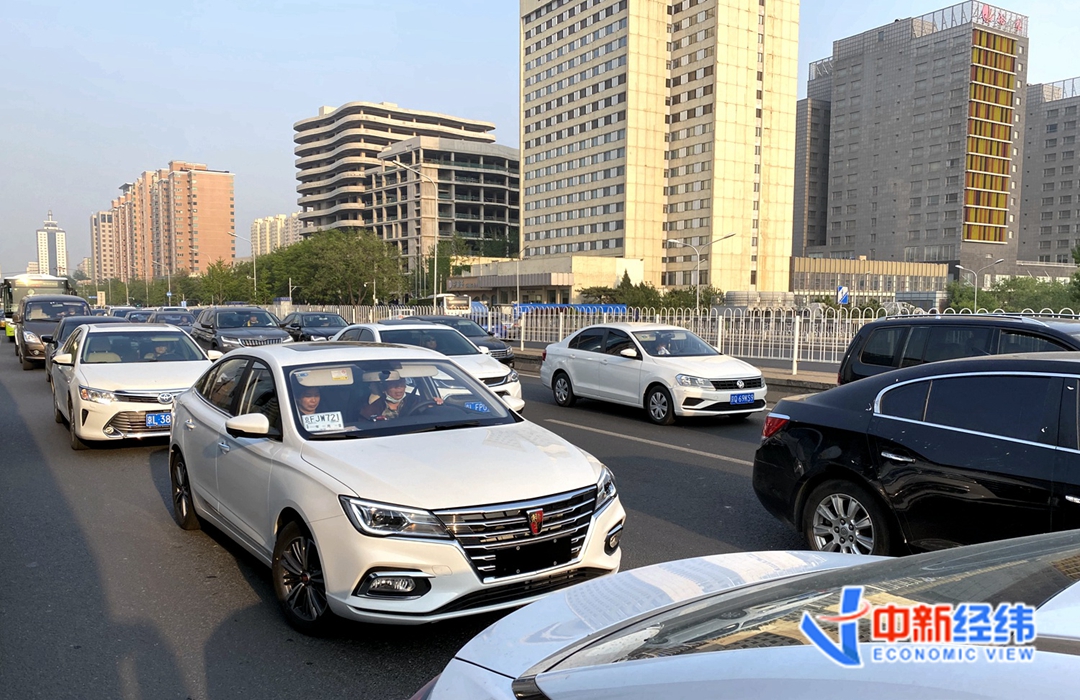
Photo by Xin Jingwei Xiong Siyi in the traffic data map
The extension of the subsidy policy for the purchase of new energy vehicles has also become a common measure. Gansu, Hubei, Jiangsu, Tianjin and other places will extend the subsidy for the purchase of new energy vehicles until the end of 2022.
In order to release the potential of automobile consumption market, many places also actively carry out automobile promotion activities. Gansu put forward measures that the provincial, city and county governments will invest 55 million yuan to subsidize newly purchased family cars, and carry out various forms of family car promotion activities such as automobile consumption credit support and combined consumption of oil, banking and insurance in the province. In addition, Liaoning, Chengdu, Ningbo and other places have recently started the automobile consumption promotion season.
However, it is worth noting that although the new policies to promote automobile consumption in various places are still increasing at the end of the year, some policies are approaching the deadline. According to the current open policy, the client of Sino-Singapore Jingwei is not completely sorted out, and some measures in at least 7 places only last until the end of the year.
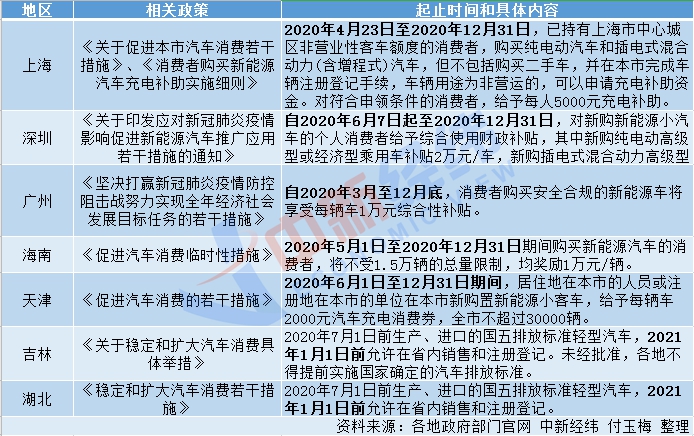
Encourage the charging cost of new energy vehicles to be concerned.
A few days ago, the General Office of the State Council issued the "New Energy Automobile Industry Development Plan (2021-2035)", pointing out that by 2025, the sales volume of new energy vehicles in China will reach about 20% of the total sales volume of new vehicles.
According to the data of China Association of Automobile Manufacturers, in the first three quarters of this year, the total sales volume of new energy vehicles was 734,000, accounting for only 4.3% of the total sales volume of 17.116 million vehicles. This also means that the future prospects of new energy vehicle sales are huge.
Among the above automobile consumption promotion policies, "new energy vehicles" has also become the hottest keyword, and even some cities have introduced incentive policies only for new energy vehicles.
For example, on November 19th, Hefei issued the "Implementation Opinions on Accelerating the Development of New Energy Automobile Industry"; On October 10th, Kunming issued "Several Policies for Accelerating the Development, Promotion and Application of New Energy Automobile Industry (Trial)"; On June 10th, Shenzhen issued the Notice on Printing and Distributing Several Measures to Promote the Popularization and Application of New Energy Vehicles in Response to the Impact of COVID-19 Epidemic.
In promoting consumption, many places give subsidies by issuing subsidies and coupons for new energy vehicles. Different from fuel vehicles, the charging cost of new energy vehicles has also received attention and support.
For example, Shanghai gives a charging subsidy of 5,000 yuan per person to consumers who meet the application conditions; Tianjin will give 2,000 yuan car charging vouchers to qualified car buyers, with no more than 30,000 cars in the city; Kunming announced that from February 1, 2020 to December 31, 2021, the city’s public charging infrastructure charging service fee should not exceed 0.72 yuan per kWh.
There are also measures for cities to introduce new energy vehicles for free parking in a limited time. Hefei announced that new energy vehicles will stop in public parking lots (spots) invested by the government for free twice a day, each time for no more than 5 hours; Parking in temporary parking spaces on urban roads is free for 2 hours, and the charge is halved for more than 2 hours. Kunming announced that new energy vehicles will be parked in temporary parking lots (spots) managed by the Municipal State-owned Assets Management Co., Ltd., and temporary parking fees will be exempted within 2 hours of the first parking on the same day.
How to continuously tap the potential of automobile consumption?
At present, the signal of expanding automobile consumption is still strengthening. According to the website of the Ministry of Commerce, on the 26th, the Ministry of Commerce held a live meeting to promote the consumption upgrading action plan in Beijing, and mentioned "stabilizing and expanding automobile consumption" in the content of "accelerating the release of consumption potential of goods and services".
Cui Dongshu, Secretary-General of the Passenger Car Market Information Association, said that with a number of policies and measures issued by the central and local governments, the stability and promotion of automobile consumption benefit have gradually emerged. In October, the trend of automobile consumption rebounded greatly. The total retail sales of automobile consumer goods increased by 12% year-on-year, and the total retail sales of social consumer goods increased by 4.3% year-on-year.
According to the follow-up situation in various places, how should the future automobile consumption potential be continuously tapped? Combined with the previous analysis, subsidy is a common way to promote consumption during the epidemic period. Can it be sustained for a long time? Which methods are more suitable for consumers?
Pan Helin, executive dean and professor of the Digital Economy Research Institute of Zhongnan University of Economics and Law, said in an interview with Zhongxin Jingwei client that combining subsidies to promote automobile consumption naturally has an immediate effect, which has the significance of directly stimulating consumption at present, but it may not be the core link to activate automobile consumption.
"In the long run, we should improve some policies and mechanisms, especially in the innovation of the automobile industry." For example, Pan Helin said that the policy of restricting traffic and licensing in some cities can not be simply "one size fits all", but differentiated measures can be implemented for urban areas and suburbs, and problems such as congestion and parking can be improved by digital and intelligent means.
Zhang Xiang said that when formulating relevant policies, we should pay attention to the changes in the automobile market and prescribe the right medicine. In addition to subsidies, we can also consider relaxing the requirements for car buyers in cities with restricted purchases. For example, people with temporary residence permits and social security will have the opportunity to buy cars, and appropriately expand the consumer groups who buy cars.
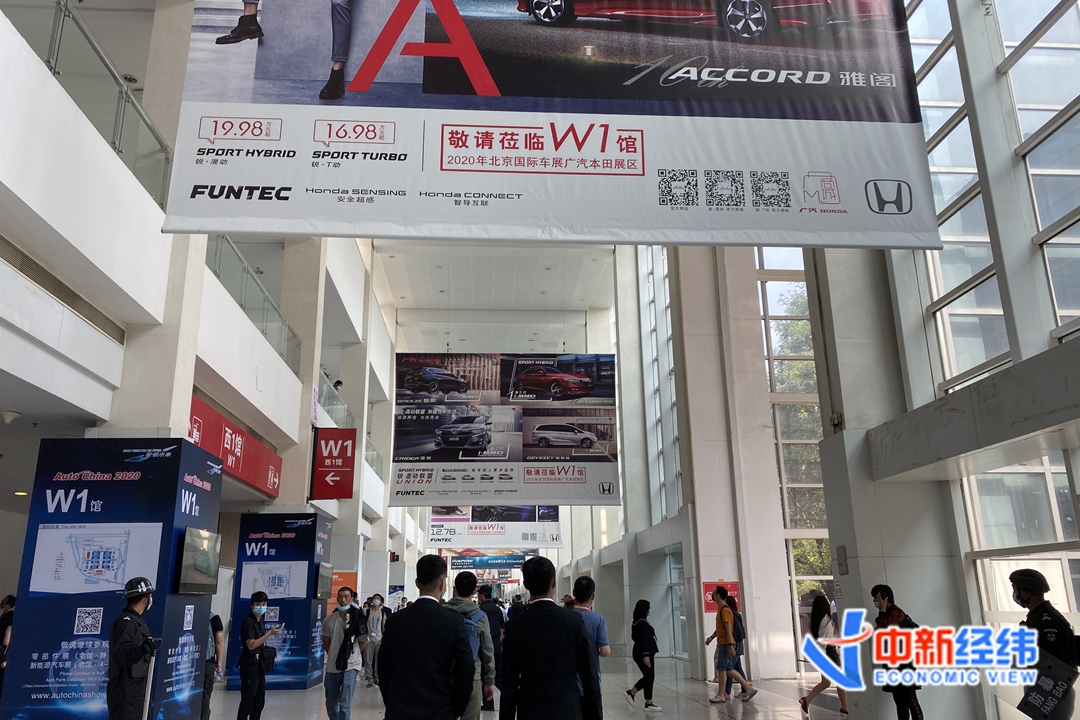
Photo by Xin Jingwei Fu Yumei in the crowd of people at the auto show
Pan Helin also mentioned that in addition to the national macro policies, different regions should formulate targeted local policies in light of their own actual conditions to revitalize the local automobile consumption momentum. He also mentioned that trade-in and car going to the countryside can enhance rural consumption potential, which is also an important part of enhancing automobile circulation and expanding automobile consumption in the future.
Cui Dongshu said that an important measure to expand automobile consumption is to make good use of the policy support of automobile finance. In terms of car buyers, it is far stronger to stimulate car-free people to buy cars for the first time than to upgrade consumption benefit. In addition, during the epidemic, the trend of online and offline integration and complementarity in the automobile industry became more and more obvious. How to give full play to the advantages of channels and make consumers buy cars more conveniently and safely is also a problem that needs attention in the future. (Zhongxin Jingwei APP)
